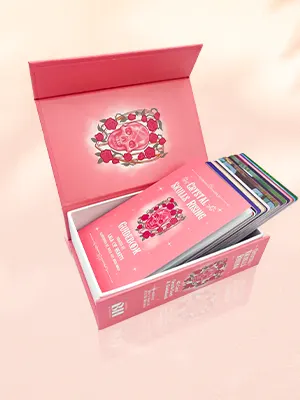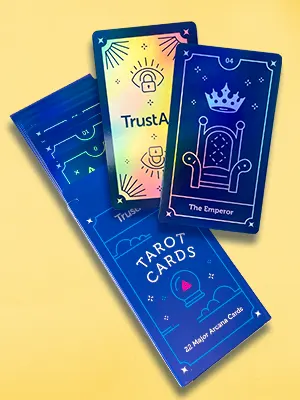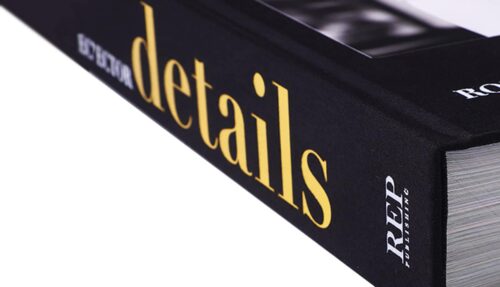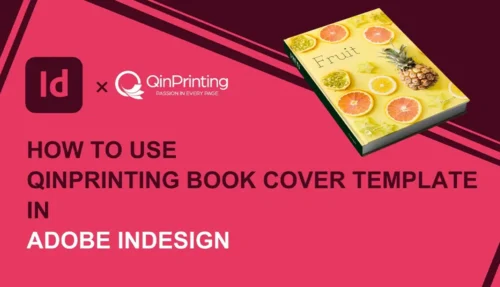
When choosing paper for book printing, one of the key decisions is gloss vs matte paper. Both are types of coated paper — meaning their surfaces are specially treated to enhance print quality and color vibrancy. However, matte paper and gloss paper differ in their appearance, texture, and how they interact with light. Understanding the differences between matte and gloss paper will help you select the right finish to match your book’s purpose and visual style.
Before diving into the details, here’s a quick side-by-side comparison of gloss vs matte paper to help you see how they differ at a glance.
A Quick Comparison: Gloss vs Matte Paper
| Feature | Gloss Paper | Matte Paper |
|---|---|---|
| Surface Reflection | Highly reflective, shiny surface — noticeable even without printing | Non-reflective, soft surface — remains glare-free when unprinted or lightly printed |
| Color Appearance | Crisp and bright; slightly more contrast due to surface reflection | Natural and balanced; color difference from gloss is minimal |
| Behavior with Heavy Ink | Slight sheen on dark, heavily inked areas | May also show a light sheen in dark color blocks, but less pronounced |
| Readability | Can reflect light and cause glare on light backgrounds | Comfortable to read under all lighting conditions |
| Texture and Feel | Smooth and slick, thinner at the same GSM | Smooth but more tactile, slightly thicker at the same GSM |
| Overall Impression | Sleek, vivid, attention-grabbing | Calm, elegant, and professional |
When comparing gloss vs matte paper, think about your book’s design and purpose. Gloss paper draws attention and enhances visual impact, while matte paper creates a comfortable, refined reading experience.
What Is Gloss Paper and Matte Paper?
Gloss paper is a coated stock with a shiny, reflective surface. Its dense coating creates a smooth texture that allows ink to stay on top of the paper, giving prints a crisp and polished look. Gloss paper typically feels slightly thinner than matte paper of the same weight because of its compact coating structure.

Matte paper is also coated but has a non-reflective surface that diffuses light evenly. The finish is smooth and soft in appearance, without the mirror-like shine of gloss. Its coating is a bit more porous, making matte paper feel slightly thicker and more substantial at the same grammage (GSM).

Below are the typical weights and thicknesses used in printing:
| Type | GSM | Weight (lb) | Thickness (mm) |
|---|---|---|---|
| Gloss Coated Paper | 80–350 | 54–129 lb | 0.065–0.410 |
| Matte Coated Paper | 80–300 | 54–111 lb | 0.072–0.285 |
Both are high-quality coated stocks suitable for professional printing. The choice between them mainly depends on the desired visual effect and reading experience.
Key Differences Between Gloss and Matte Paper
While both gloss and matte coated papers produce excellent print quality, they behave differently once ink and light come into play. Understanding these real-world differences will help you decide which finish best fits your project.
Surface Reflection
The most visible distinction between gloss vs matte paper is how they interact with light.
- Gloss paper has a reflective coating that catches light easily, even on unprinted areas. This gives it a shiny appearance that draws attention but can also create glare under strong lighting.
- Matte paper, by contrast, diffuses light evenly and remains non-reflective when unprinted or lightly printed. This makes it softer in appearance and more comfortable for reading.
Ink and Color Behavior
In light to medium color areas, the color difference between gloss and matte is subtle—both reproduce hues clearly.
When large dark color blocks or heavy ink coverage are printed, both finishes show a sheen caused by the ink itself rather than the coating. The gloss surface tends to look more polished, while the matte surface keeps a muted look even in those dense areas.
Reading Experience
Most books with text-heavy layouts use white or light backgrounds, where surface reflection becomes more noticeable. In such designs, matte paper provides a smoother reading experience because it avoids glare under natural or artificial light.
Gloss paper, on the other hand, tends to reflect light and attract the reader’s eyes—making it more suitable for image-driven designs, covers, or promotional materials that need to stand out.
Thickness and Feel
Although both papers are available in similar weights, matte paper feels slightly thicker at the same GSM due to its more porous coating layer.
- For example, at 157 gsm, gloss paper measures about 0.136 mm, while matte paper is around 0.140 mm.
This small difference gives matte paper a more solid, substantial feel in hand, whereas gloss feels smoother and lighter.
In short:
- Gloss paper reflects light, feels sleek, and enhances visual impact.
- Matte paper diffuses light, feels thicker, and offers a more comfortable reading experience.
Both are excellent coated options—the right choice depends on whether your priority is visual shine or readability and subtlety.
How to Choose Between Gloss and Matte Paper
Choosing between gloss vs matte paper depends on the purpose of your printed book and how you want readers to experience it. Both finishes can produce professional results, but each suits different types of content and visual goals.
Choose Gloss Paper If...
- Your project is image-heavy, such as photo books, art catalogs, or product brochures.
- You want colors to look bright, crisp, and high in contrast.
- The book will be viewed indoors, where lighting and reflections can be controlled.
- You prefer a sleek, modern, and high-impact appearance that immediately catches attention.
Gloss paper is perfect for marketing pieces and visually rich books where images and color intensity are the focus.
Choose Matte Paper If...
- Your book is text-heavy or has white or light-colored backgrounds.
- You want pages that are comfortable to read without glare, even under natural light.
- The design aims for a soft, elegant, or understated aesthetic.
- You want pages to feel slightly thicker and more substantial in hand.
Matte paper works best for novels, educational books, poetry collections, and professional reports—projects that emphasize readability and a refined tone.
A Balanced Approach
Some projects benefit from combining both finishes. For example:
- A gloss-laminated cover with matte-coated interior pages can balance shine and readability.
- You can also request sample prints to see how each finish looks under real lighting before making a decision.
Always consider your audience and how they’ll interact with the book. A coffee table art book meant to impress at first glance might shine on gloss paper, while a thoughtful novel or workbook invites readers in more comfortably with matte paper.
Final Thoughts: Which Is Better — Gloss or Matte Paper?
There’s no single answer to which is better — gloss or matte paper. Both are high-quality coated papers that deliver excellent printing results, but they serve different creative goals.
If your priority is vivid color, high contrast, and a polished look, gloss paper will make your images shine and your design stand out. If you value comfortable reading, a soft aesthetic, and an elegant finish, matte paper is the better choice.
Ultimately, the best option depends on your content, audience, and purpose. Many professional publishers even combine both: a glossy cover for eye-catching appeal and matte interior pages for readability.
At QinPrinting, we offer both gloss and matte coated papers in a wide range of weights and finishes. You can request paper samples to compare them in person before placing your order. Seeing and feeling the difference firsthand is the best way to ensure your book looks exactly as you envision.
FAQs
Is matte paper better than gloss paper for reading?
Yes. Matte paper has a non-reflective surface that reduces glare and makes long reading sessions more comfortable, especially on white or light backgrounds.
Does gloss paper make colors more vibrant?
Gloss paper reflects light and can make images appear slightly brighter and more polished, but the color difference compared with matte paper is minimal.










